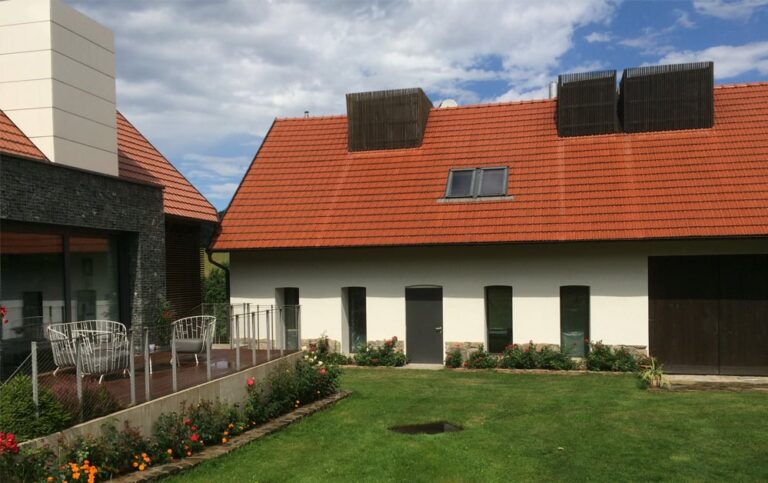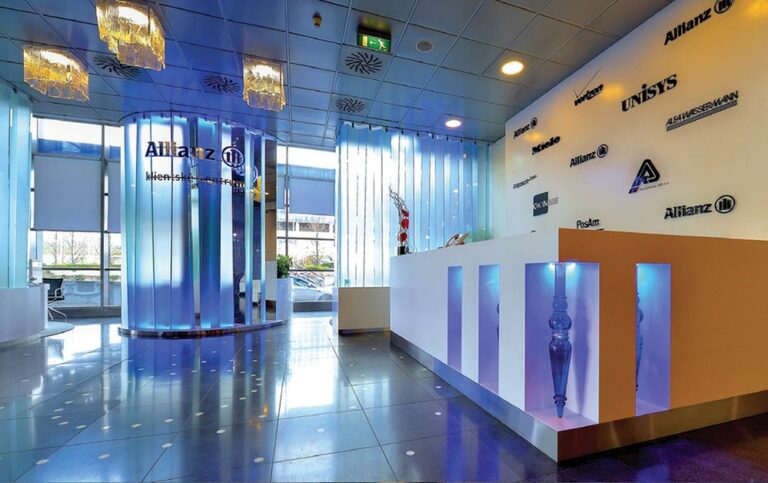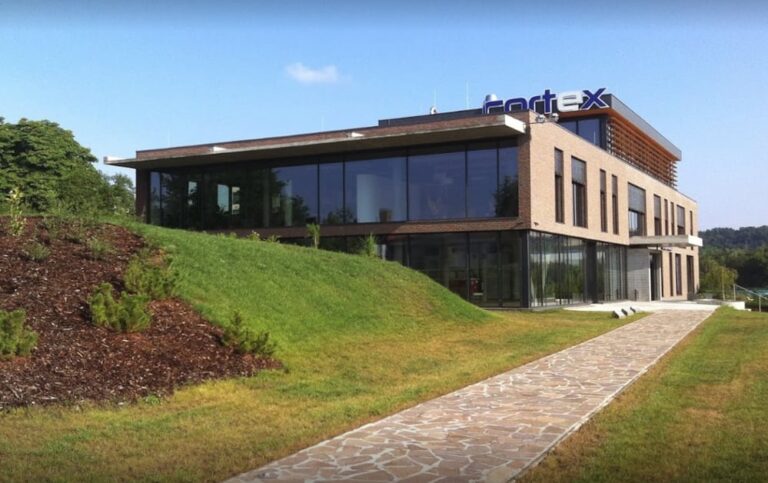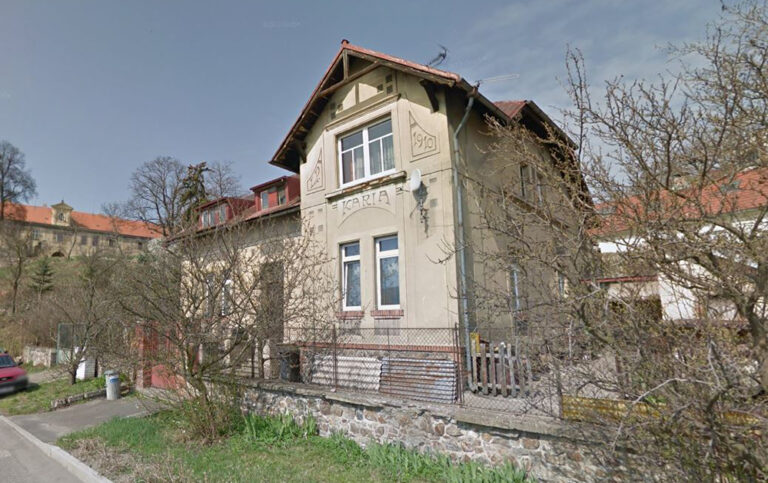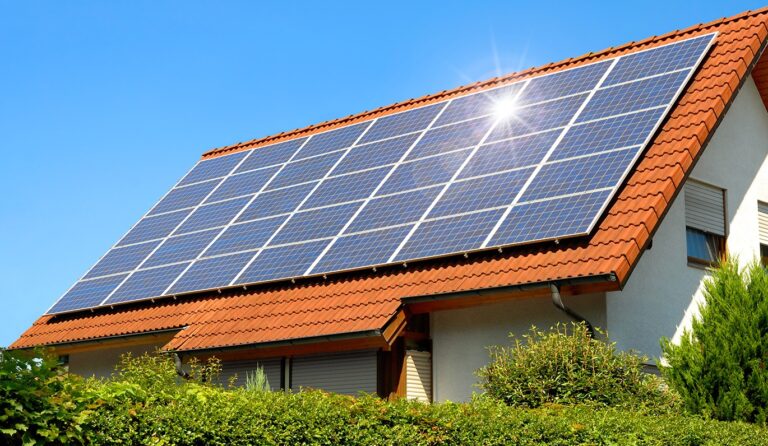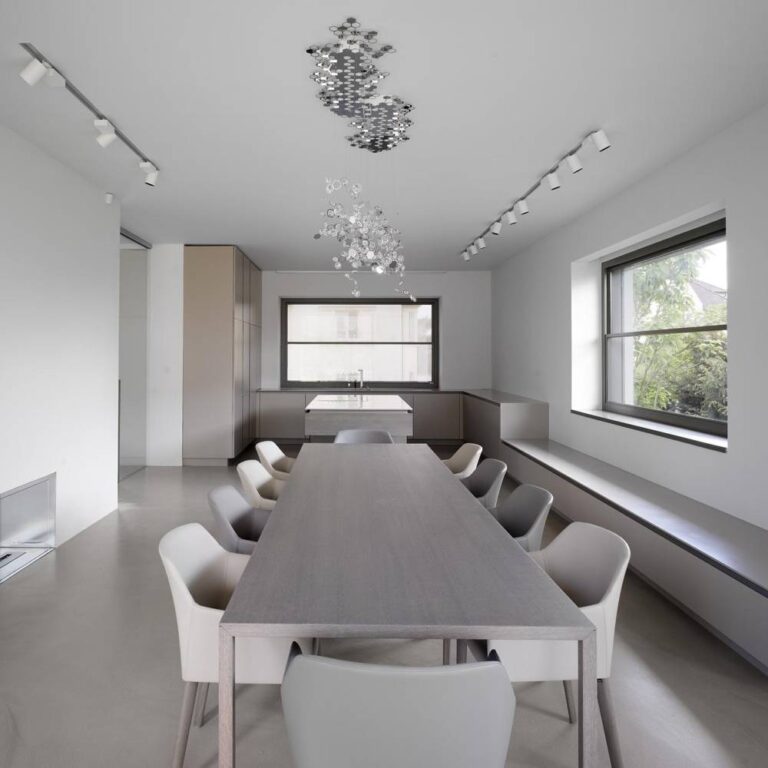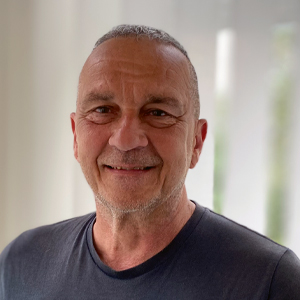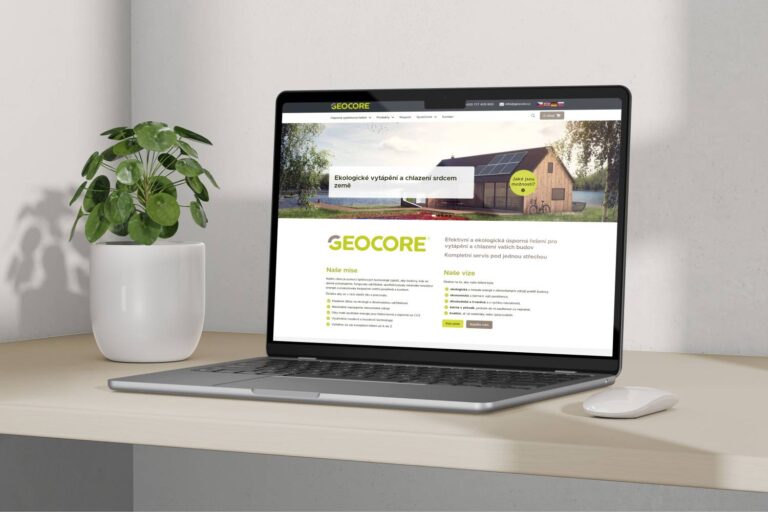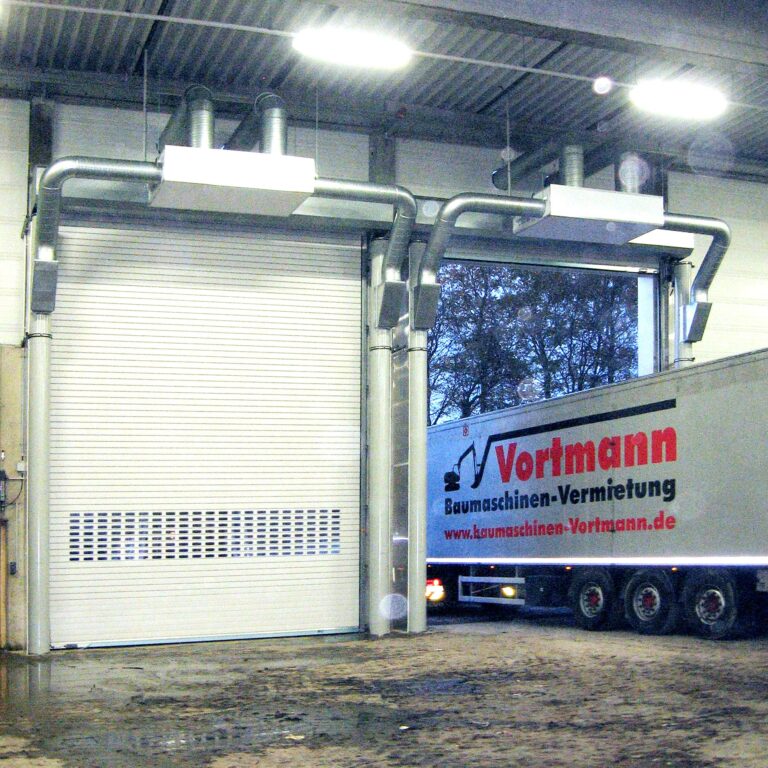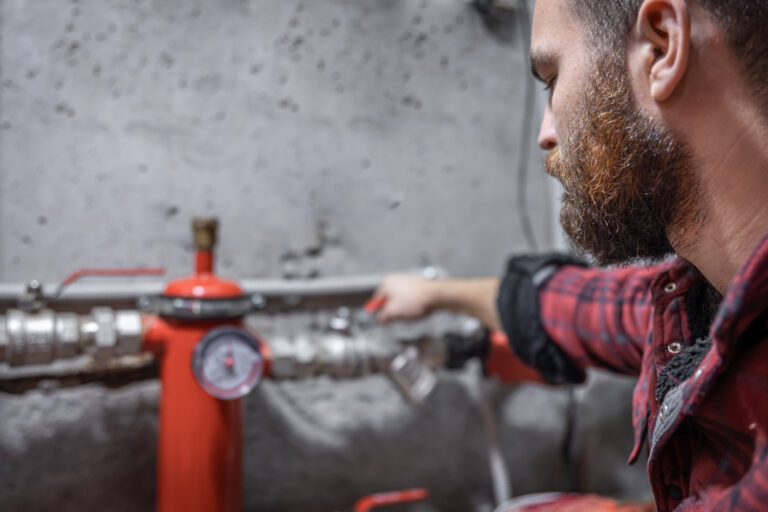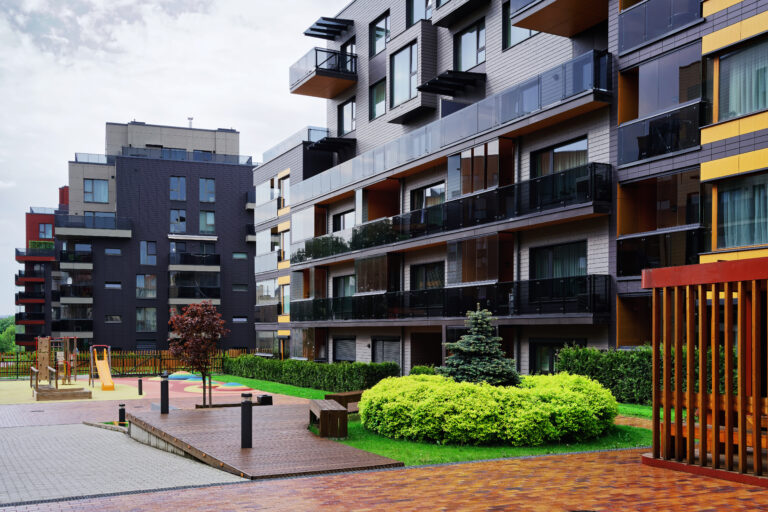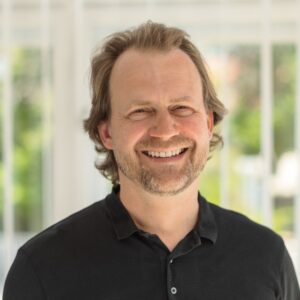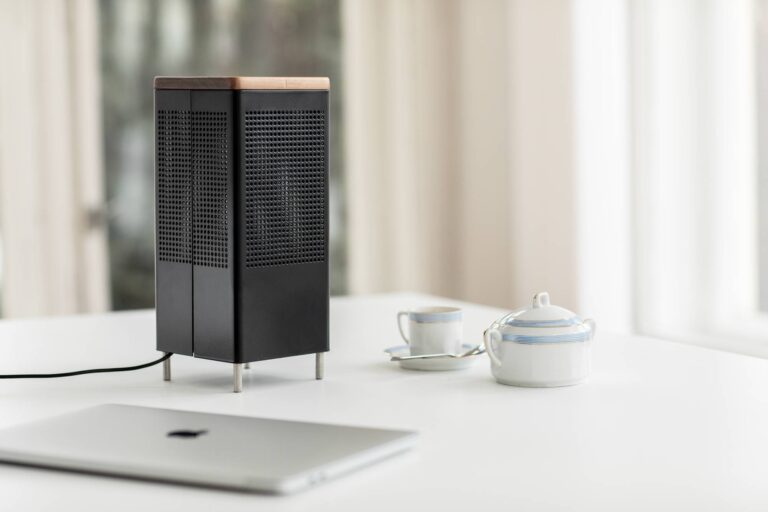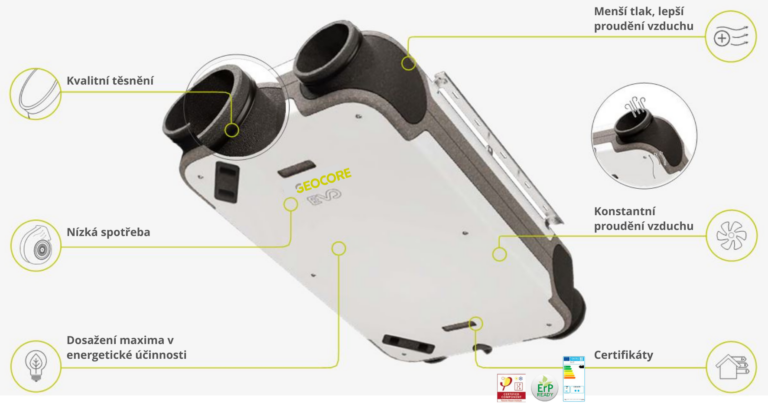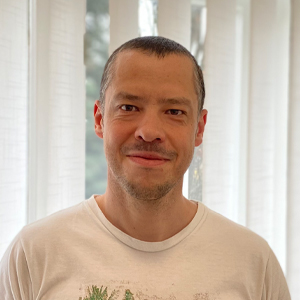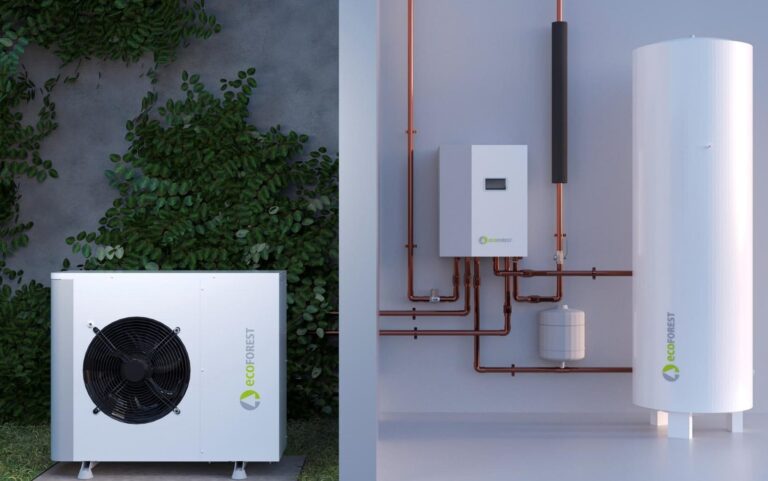Současná situace
Počet instalací fotovoltaických zařízení na výrobu energie obnovitelným způsobem celosvětově významně stoupá. Není divu, jedná se o technologii s obrovským potenciálem, se sluncem jako hlavním zdrojem, jehož sílu je nutno využít.
Hlavním omezením je v současné době to, že obecně se denní doba, kdy se elektřiny pomocí fotovoltaických panelů vyrobí nejvíce, neshoduje s dobou, kdy je po ní nejvyšší poptávka, jak je vidět na grafu.
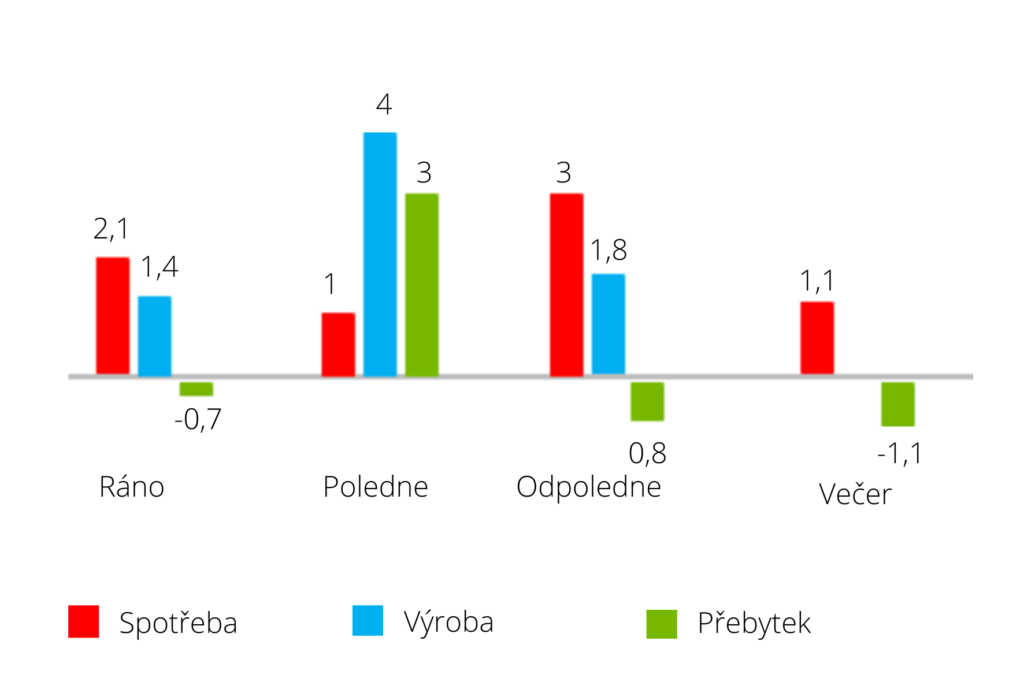
To obecně znamená, že během dopoledne, odpoledne a večer není fotovoltaická výroba dostatečná k pokrytí poptávky po elektřině, a na druhou stranu během poledne se vyrobí více elektřiny, než v tu dobu investor potřebuje, a tím dochází k tvorbě přebytků.
Aby bylo možné co nejlépe využít fotovoltaický systém, je nezbytné vzniklé přebytky ukládat tak, aby byly k dispozici v nejvíce potřebnou dobu.,
Jaké je tradiční řešení?
V současné době se přebytky skladují prostřednictvím akumulátorů. Takové řešení má ale řadu nevýhod:
- vysoké náklady
- omezený výkon
- omezenou životnost
- kontaminanty
Da se však energie ukládat jinak?
ecoGEO+ a ecoAIR+: cesta k budovám s nulovou spotřebou energie
Vyvinuli jsme technologii, která nám umožňuje kombinovat oba obnovitelné zdroje energie, tedy tepelná čerpadla a fotovoltaická zařízení, v jedinečném a mnohem větším výkonu.
A co je nejdůležitější, svým zákazníkům takové řešení poskytujeme bez jakýchkoliv dodatečných nákladů, je standardní součástí všech tepelných čerpadel ecoGEO+ a ecoAIR+.
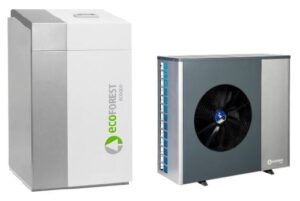
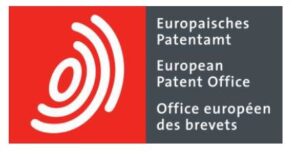

Co umíme?
Klíčem je přeměna přebytků z fotovoltaických zařízení na tepelnou energii, jejíž akumulace je mnohem jednodušší a levnější, protože vyžaduje pouze objem vody. Tedy něco, co již v našich domovech máme (v nádržích TUV, podlahovém vytápění, akumulačních nádržích, bazénech apod.).
Když dojde k vygenerování přebytku z fotovoltaiky, čerpadla zvyšují svůj výkon (díky invertorové technologii všech našich tepelných čerpadel, tj. schopnosti kompresorů modulovat svůj výkon), vzniklý přebytek absorbují a přeměňují ho na tepelnou energii, vhodnou jak pro chlazení, tak pro vytápění.
Tímto způsobem se mnohem více přiblížíme k rovnováze mezi vygenerovanou a potřebnou energií v našich domovech.
Jak to děláme?
Automatická změna nastavených hodnot všech tepelných požadavků instalace při přebytku energie získané fotovoltaikou, tj. přepnutí ze základních teplotních hodnot na dříve nakonfigurované přebytkové teplotní hodnoty.
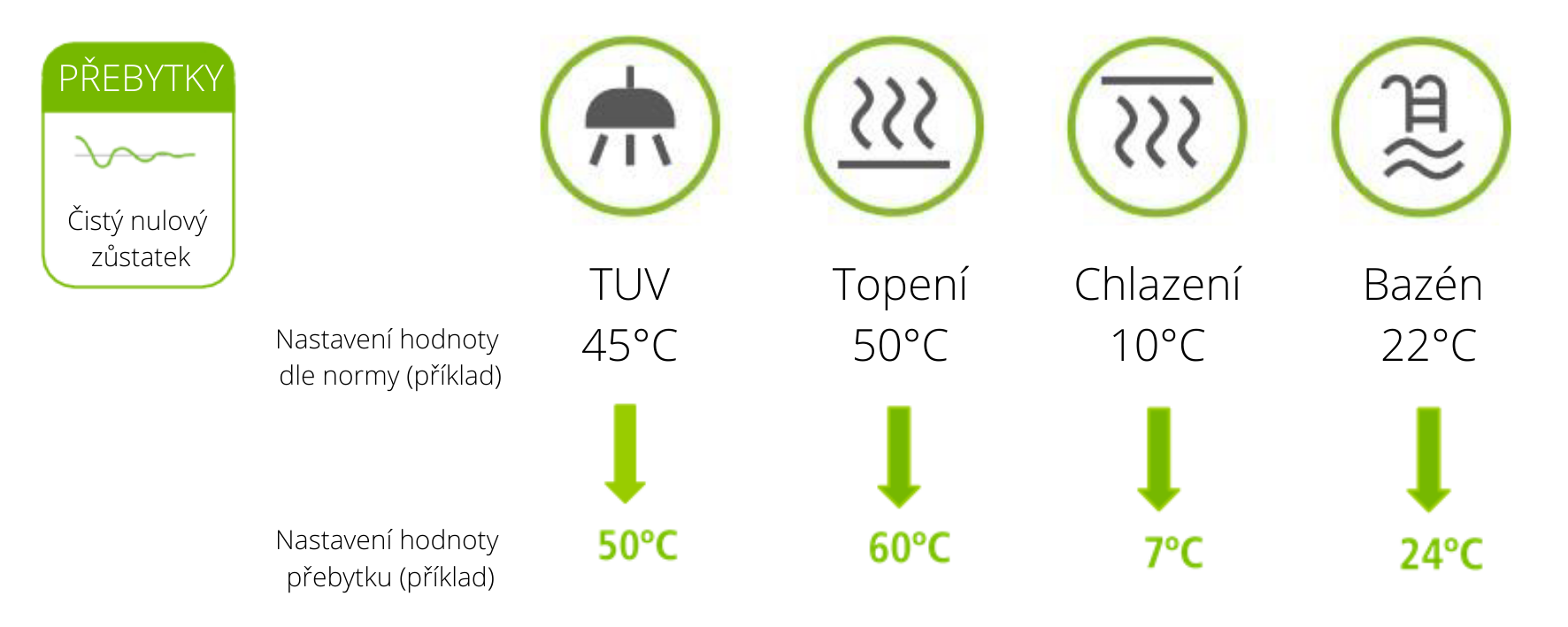
Jednou z klíčových vlastností technologie našich tepelných čerpadel je, že díky všem svým letitým zkušenostem se správou a vývojem softwaru a řídicích strategií pro kompresory s proměnným výkonem (invertorová technologie), se v našem případě v situaci fotovoltaického přebytku nikdy nespotřebovává elektřina z elektrické sítě.
Výkon kompresoru se zvyšuje a přizpůsobuje se tomuto přebytku, aniž by jej překračoval. Pokud dostupná přebytečná elektrická energie nestačí například k dosažení 60°C v TUV, zůstane na 50°C, 55°C atd., ale vždy garantuje, že ze sítě nebude odebírána žádná elektrická energie, a to je velký rozdíl oproti podobným systémům.

Ale to není všechno…
Přestože je regulace přebytku (net zero balance) jednou z nejvýraznějších vlastností hybridizace tepelných čerpadel s fotovoltaickými systémy, existují i další velmi důležité vlastnosti, které potvrzují, že řady eco GEO a eco AIR jsou jedinečné:
Nastavte si limit
Je možné nastavit limit na spotřebovanou elektrickou energii. Pokud se celková úroveň spotřeby energie domu blíží této hranici, tepelné čerpadlo sníží spotřebu energie (invertorová technologie), aby ji nepřekročilo.
To je velmi důležité, protože to umožňuje sjednat si nižší smluvní tarif za odběr elektřiny a tedy významné dlouhodobé úspory na našich účtech za elektřinu.
Mějte svůj tarif pod kontrolou
Naše tepelná čerpadla umožňují individuální nastavení tarifu elektřiny ve špičce a mimo špičku pro letní a zimní období. Čerpadla vyrobí více energie, když je elektřina levnější, a sníží spotřebu, když je dražší. To umožňuje další významnou úsporu účtů za elektřinu.

E-SYSTEM: Nejlepší instalace v nejmenším prostoru
E-system je navržen tak, aby umožňoval propojení mezi tepelným čerpadlem a fotovoltaickým systémem tím nejpokročilejším a nejefektivnějším, ale rovněž také co nejkompaktnějším způsobem.
E-system je v kombinaci s tepelným čerpadlem přidanou technologií se všemi výhodami a funkcemi popsanými výše, ale také s fotovoltaickým střídačem a dokonce s 1 až 5 akumulačními bateriemi, které mohou fungovat jako doplněk pro ukládání tepla dosaženého tepelným čerpadlem.
Pro situaci kdy výroba elektřiny klesne, je energie uložená v bateriích nadále schopna pokrýt elektrickou spotřebu domácnosti. Jeho modularita navíc umožňuje kdykoli rozšířit kapacitu úložiště velmi jednoduchou instalací.

Technologicky vyspělý klimatizační systém na ploše o málo větší než pár čtverečních metrů.
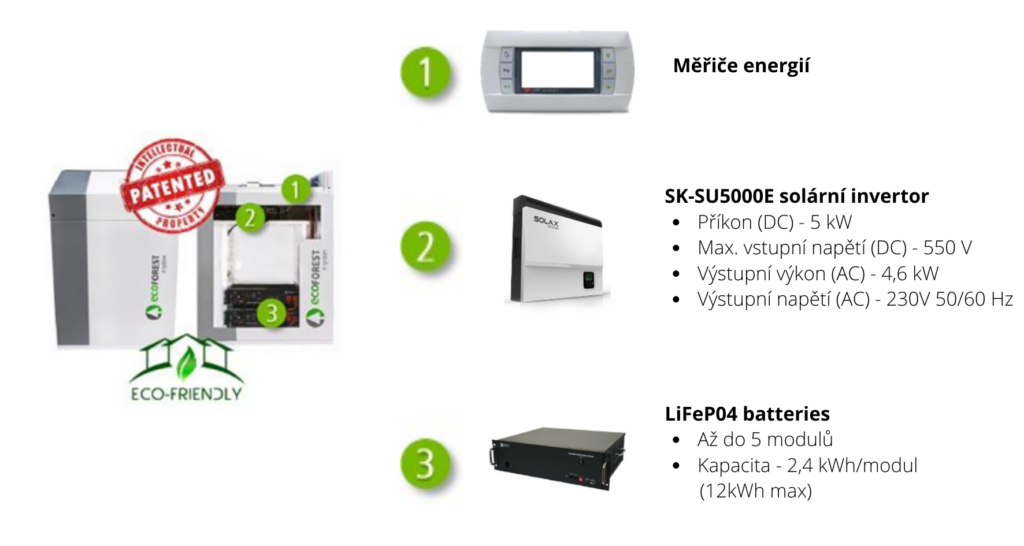
Pro všechny typy instalací
Pokud chcete, aby byla vaše instalace jedinečná, efektivní a ekonomická, předběhněte budoucnost kombinací tepelného čerpadla s fotovoltaickými panely od nás a staňte se vlastníky své vlastní energie. Ať již vás zajímají instalace s tepelnými nároky jen pár kW až po ty, které vyžadují několik stovek kW.


